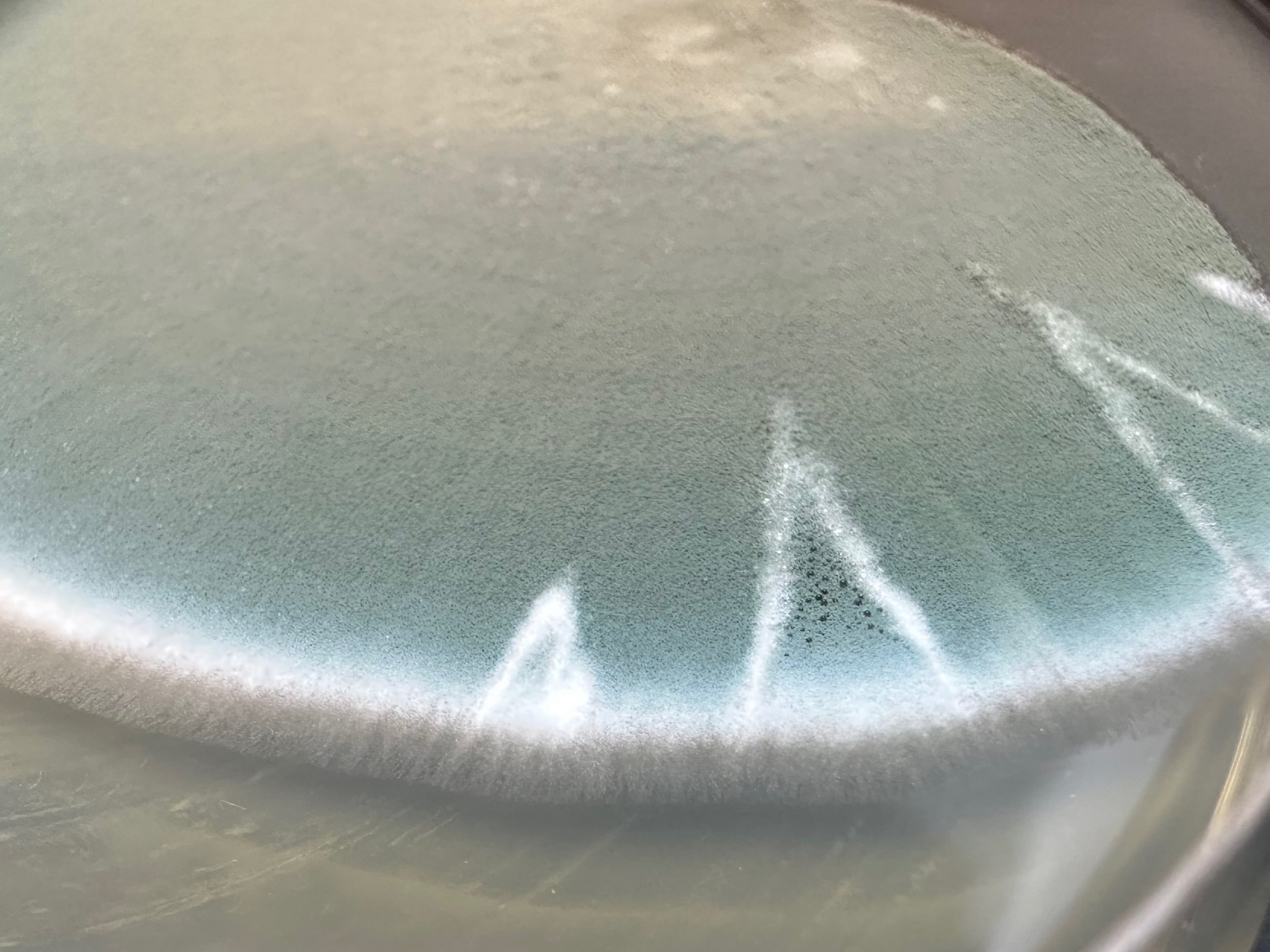
Featured projects
We support studies that seek to understand the interactions between microbes or interrogate microbiomes and their impact on human health and the environment.
Learn about a selection of mim_c-supported projects below:
Endogenous microbes responsible for post-surgical infections
Surgical site infections (SSIs) are a particularly concerning form of healthcare-associated infection, as they are prevalent and can significantly impact healthcare costs and patient morbidity. Although such infections are commonly attributed to antibiotic-resistant nosocomial (hospital-acquired) pathogens, recent genomic analyses reveal a different narrative: most SSIs stem from endogenous bacteria already residing on patients before the procedure takes place. These bacteria, often integral to our microbiome, can transition to pathogenic states during illness or when translocated between compartments of the human microbiome by medical procedures.
Ongoing work led by Dr. Dustin Long (UW Medicine, Division of Critical Care Medicine, Department of Anesthesiology & Pain Medicine) in association with Dr. Stephen Salipante (UW Medicine, Department of Laboratory Medicine & Pathology; Director, mim_c Sequencing Core) conducted at Harborview Medical Center, Seattle, focuses on SSIs following major spine surgery, which can affect upward of 1 in 30 patients. A recent report of their findings showed that 86% of post-surgical infections were traced back to bacteria preexisting on the patient's skin, many exhibiting pre-established resistance to the intraoperative antibiotics given with the goal of preventing infection. This work extends the findings of earlier culture-based studies of SSIs caused by Staphylococcus aureus and suggests a need for personalized infection prevention strategies based on the patient's preoperative microbiome. In future work, tailoring interventions to individual risk profiles could enhance preventive efforts and potentially ameliorate outcomes for both healthcare facilities and patients.
Interactions between small intestinal microbes and Vibrio cholerae
The diarrheal disease cholera is caused by the pathogen Vibrio cholerae and is transmitted via contaminated food and water. Known risk factors for severe cholera such as age and pre-existing immunity only partially explain why some people with cholera develop life-threatening disease and others have no symptoms. The research group of Dr. Ana Weil at the University of Washington Center for Emerging and Re-emerging Infectious Diseases (CERID) is working to better understand other factors that contribute to cholera disease severity.
The Weil research group previously characterized the stool microbiota during cholera and found that specific gut microbes are differentially abundant during active cholera. They found that gut microbe-V. cholerae interactions can impact V. cholerae pathogenicity and increase host colonization. In this new study, they have partnered with colleagues from the International Center for Diarrheal Diseases Research, Bangladesh, to characterize the small intestinal microbiota during cholera (rather than the stool). To understand how the gut microbes present during infection impact virulence, they isolate gut microbes from clinical samples, describe representative genomes of gut microbes that are abundant during cholera, and screen bacteria for interactions with V. cholerae. Using this approach, they aim to define the relationship between a new host factor, the gut microbiota, and the pathogen V. cholerae.
Oral and colonic microbiota overlap in patients with acute myeloid leukemia
The Rashidi group at Fred Hutch Cancer Center has shown that in healthy adults the oral and colonic microbiota do not overlap. However, preliminary data from their analysis of genus-level sequences in a public database suggests extensive overlap in patients with acute myeloid leukemia (AML) (see accompanying figure). In this prospective study supported by mim_c, the Rashidi group is collecting paired saliva, supragingival plaque, and stool samples from inpatients with AML, with the goal of performing metagenomic sequencing to determine the true extent of oral/colonic microbiota overlap and identify the overlapping species/strains.
If the Rashidi group can characterize an overlap in these microbiomes, it will strongly support the hypothesis that specific members of the oral microbiota ectopically colonize the distal gut in patients with AML. This phenomenon has been linked with colonic inflammation in patients with inflammatory bowel disease and may have similar implications during and after anti-leukemia chemotherapy.
Darbe and intravenous iron in preterm infants
An interdisciplinary team of investigators from Seattle Children’s Hospital and the University of Washington are working on a NICHD-funded phase II clinical trial addressing iron sufficiency in preterm infants. The overarching goal of this study is to demonstrate the feasibility and potential benefit of darbepoetin (Darbe), an erythropoiesis stimulating agent, plus slow-release intravenous (IV) iron to decrease transfusions, maintain iron sufficiency and improve the neurodevelopmental outcomes in preterm infants. Most preterm infants require red blood cell transfusions during their initial hospitalization. However, transfusions have been associated with adverse outcomes including impacts on health and long-term brain development, therefore strategies to decrease the need for transfusions are critical. This study aims to decrease the need for transfusions by using Darbe, and improve iron status in preterm infants by using IV iron.
Participating infants will be randomized to standard of care (oral iron) versus Darbe plus IV iron (DIVI). Among other outcome measures for the study, impacts of the route of iron administration on the gut microbiome will be monitored through the first 24 months of life. The Microbial Interactions & Microbiome Center will play a key role in evaluating the impacts of oral versus IV iron on the preterm gut microbiome and their associations with long-term neurodevelopmental outcomes. This will build a comprehensive assessment of the impacts of various iron treatment regimens on preterm infants.
